Roof Repair Common Issues

Roof Repair Common Issues
Leaks
Periodically check the attic for any discoloration or stains on the ceilings. These can be indicators of leaks and should not be ignored. If you spot any water stains or signs of water damage, it’s crucial to identify the source of the leak and address it promptly.
Inspect the vents, pipes, and flashing points on your roof. These areas can sometimes become loose or damaged, creating an entry point for water. Finally, the valleys between roof lines, which are prone to collecting water and can develop leaks over time, should be examined.
Regular inspection is essential for flat roofs to detect potential issues early. Due to their design, flat roofs can be more susceptible to water pooling and leaks. If you notice any problems during your inspection, consider whether a roof replacement might be necessary. Promptly addressing roof problems can help avoid more significant damage and costly repairs in the future.
Poor Installation
One common sign of improper installation is the presence of different colored shingles on a roof. This can indicate that the contractors did not properly align the shingles, resulting in an unsightly appearance and potential water leaks. Also, missing drip edges can be a telltale sign of poor installation. Drip edges are crucial in directing water away from the roof and preventing damage, so their absence can leave a roof vulnerable to water infiltration.
Broken shingles or reused vents are another sign of improper installation. Vents play a crucial role in maintaining adequate ventilation in the attic, which helps prevent mold and excessive heat buildup. Reusing vents can lead to inadequate ventilation, resulting in costly repairs.
Choosing experienced roofing contractors is essential to avoid these signs of improper installation. They possess the necessary expertise to ensure that shingles are appropriately aligned, drip edges are installed correctly, and new vents are used as needed. Investing in qualified professionals for roof installation can save homeowners from poor quality and provide them with a durable and fully functioning entire roof.
Blow-Offs
Preventing a blow-off roof is crucial because repair or replacement can be expensive and time-consuming. One preventive step is to secure metal flashing and tiles. Metal flashing acts as a barrier between the roof coverings and the walls or chimneys, preventing wind from getting underneath and lifting the roof materials. Properly securing these elements helps to minimize the risk of blow-offs.
Stabilizing the roof is another essential aspect to consider. Reinforcing the roof structure using hurricane clips or tie-downs can help it withstand strong winds. Ensuring the roof is installed correctly following local building codes and regulations can significantly reduce the chances of a blow-off.
Attic ventilation is also essential in preventing roof issues. Proper ventilation helps maintain the roof’s integrity by reducing heat and moisture buildup, which can cause damage over time. Preventing water or pest intrusion is equally essential. Any gaps or exposed areas caused by blow-offs can leave the roof vulnerable to water leaks or pest infestations. It is advisable to conduct regular inspections, checking for damaged areas and promptly repairing or replacing them to prevent further damage.
Ponding Water
Moreover, ponding water can cause structural damage to the roof. The weight of the water can put excessive stress on the roof structure, leading to sagging or even collapse in severe cases. This can compromise the overall integrity of the building and pose a significant safety risk to occupants.
In addition to these risks, clogged gutters can exacerbate the problem by preventing proper drainage, leading to water accumulation on the roof. Harsh weather conditions can further increase the likelihood of ponding water and the associated potential risks.
Assessing the situation and identifying the underlying cause is crucial to address ponding water. The first step is to examine the roof surface to determine the areas where water is accumulating. This can be done by visually inspecting the roof or using tools such as moisture meters to identify damp areas. Once the ponding regions are identified, the next step is to pinpoint the underlying cause. Possible causes include blocked drains, improper roof slopes, or damaged roofing materials.
To resolve the issue, it is recommended that a roofing professional be consulted. They have the expertise to provide appropriate repair solutions based on the specific cause of ponding water. This may involve unclogging drains, addressing structural issues, or repairing and replacing damaged roofing materials. Prompt action is essential to prevent further and expensive damage and maintain the roof’s longevity.
Shrinkage
The effects of shrinkage on roofing materials are significant. It can lead to cracks and gaps between the shingles or tiles, allowing water to seep in and cause leaks. This moisture damage can further exacerbate the problem, potentially requiring extensive roofing repairs. Shrinkage can also cause the roofing material to pull away from the edges or seams, exposing vulnerable areas to the elements. In addition, the roof’s aesthetic appeal may be compromised, as the skinny material may appear wrinkled or distorted.
Proper installation and regular maintenance are crucial for preventing shrinkage in roofing materials. During installation, it is essential to ensure that the materials are correctly aligned and secured. This includes using appropriate fasteners and following manufacturer guidelines. Regular maintenance involves inspecting the roof for any signs of shrinkage or damage and addressing them promptly. This can include replacing damaged shingles or tiles and applying coatings or sealants to protect against further shrinkage.
Certain types of roofing materials are more prone to shrinkage than others. For instance, asphalt shingles and EPDM (ethylene propylene diene terpolymer) rubber membranes have been known to experience shrinkage due to their composition and exposure to environmental factors. Metal roofing materials can also shrink if not correctly installed or if expansion joints are not properly used. Identifying and implementing the appropriate roofing solutions for these materials can help mitigate the risks associated with shrinkage and maintain the roof’s integrity over time.
Expert Solutions for Roof Repair Common Issues: Trust Sky Roofing Construction & Remodeling
Learn more about roof repair common issues and the other services we offer:
https://skyroofingconstructiontx.com/roofing-services/
Quality workmanship done right the first time
Contact Us
Address
415 Balcones Heights Rd.
San Antonio, TX 78201
Contact@SkyRoofingConstructiontx.com
Call Us
(210) 942-9797
The post Roof Repair Common Issues appeared first on Roofing Contractor San Antonio - Sky Roofing Construction & Remodeling.
from Roofing Contractor San Antonio – Sky Roofing Construction & Remodeling https://skyroofingconstructiontx.com/roof-repair-common-issues/
via Sky Roofing Construction & Remodeling
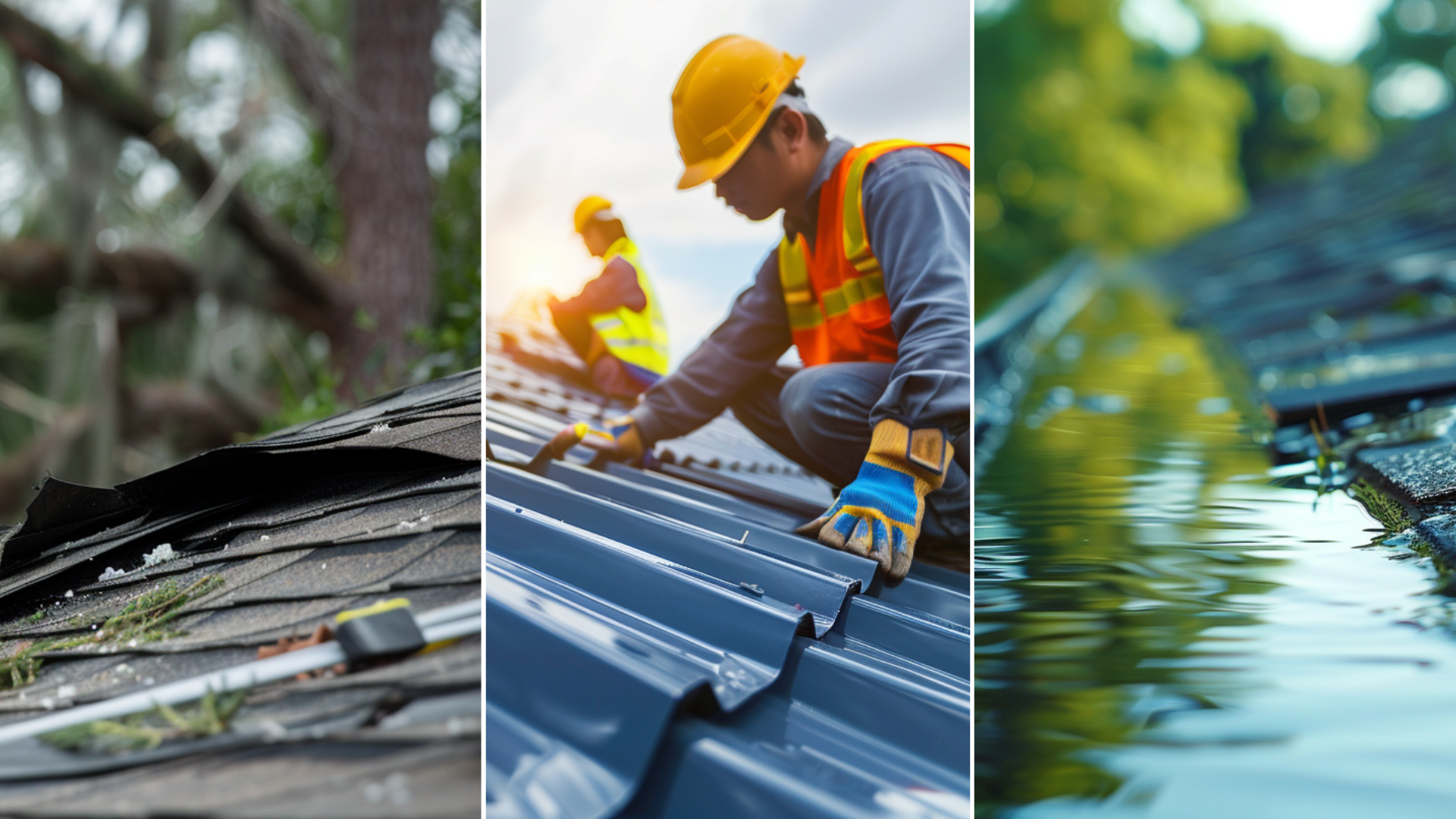
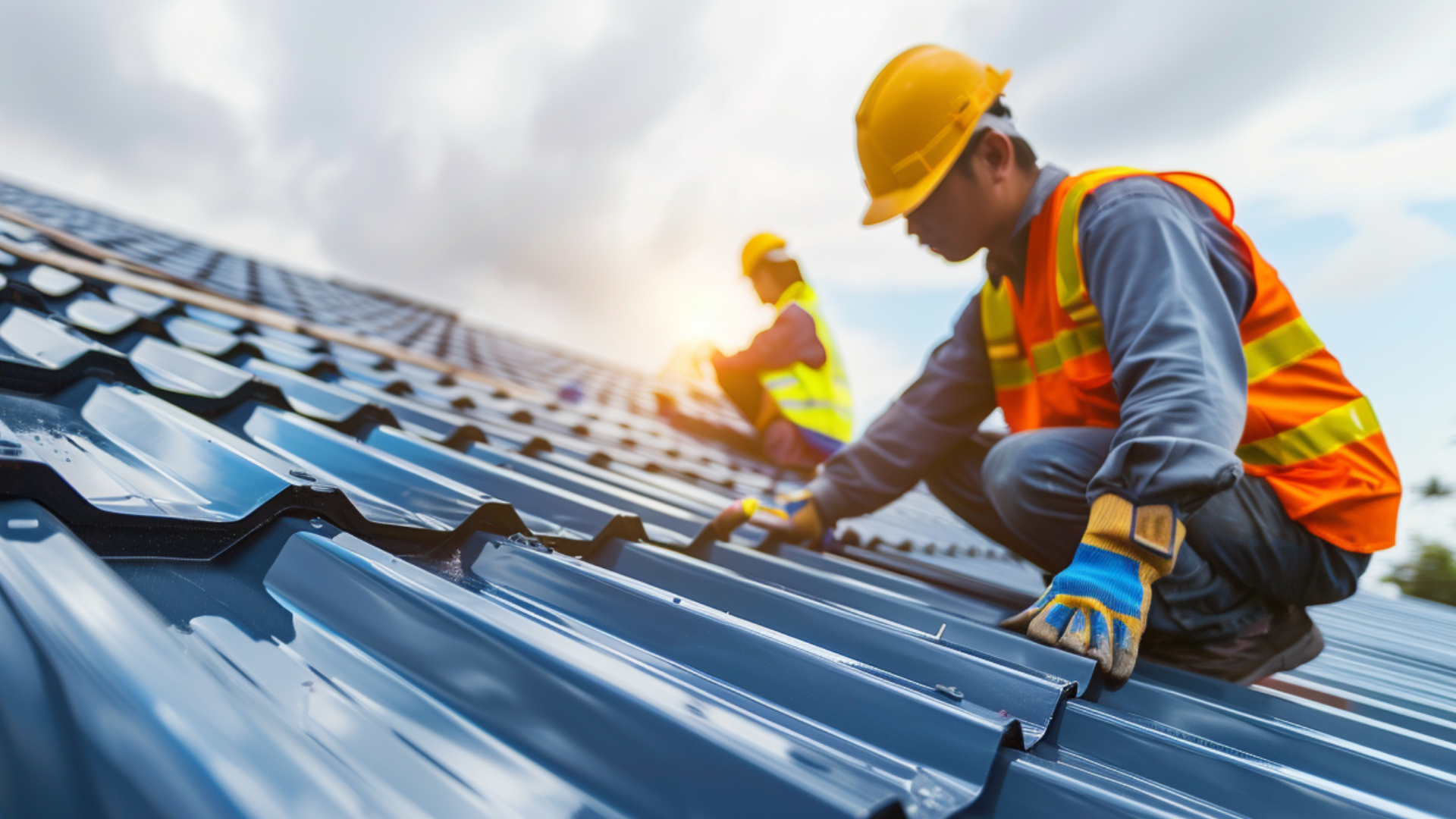
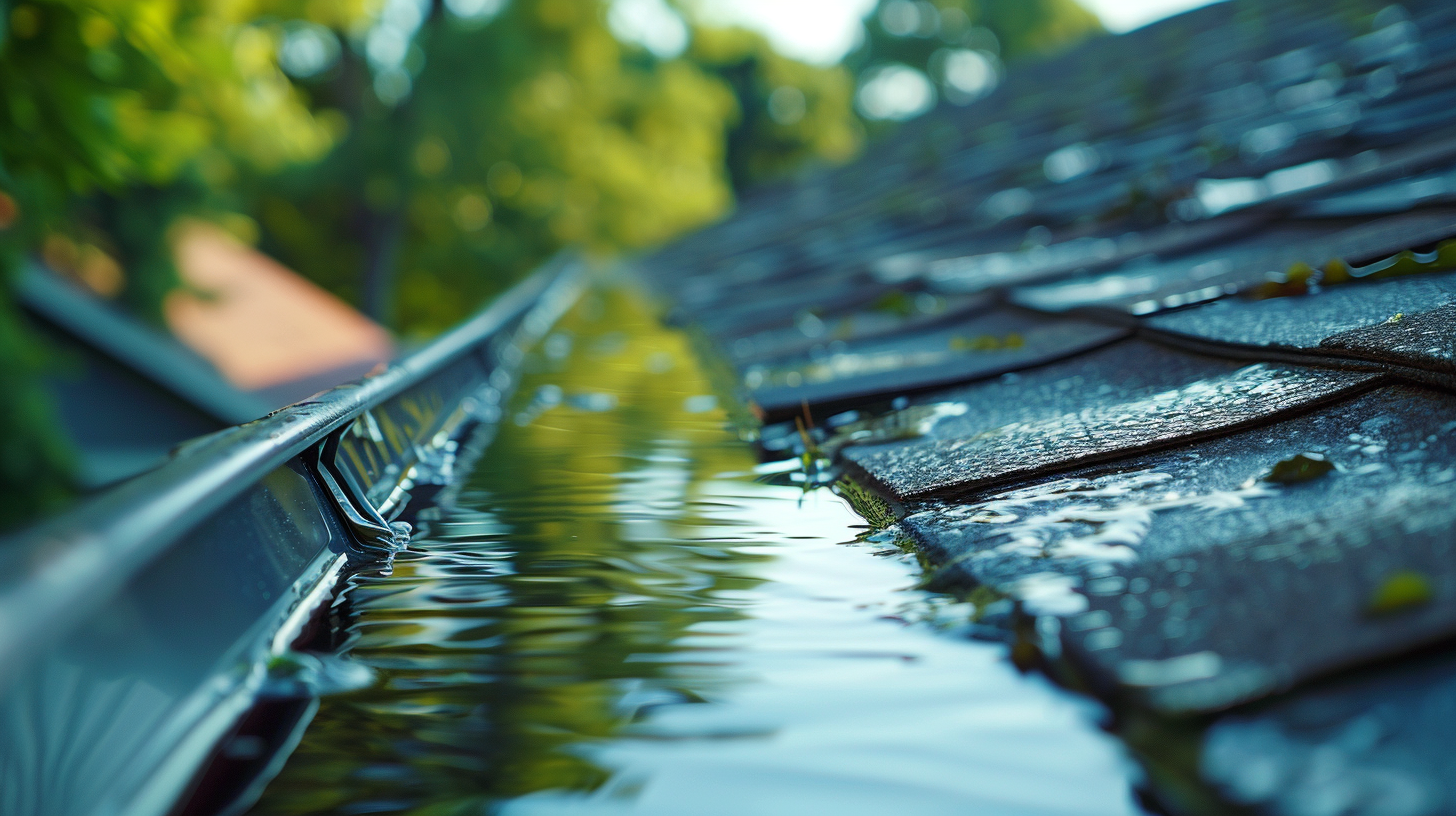
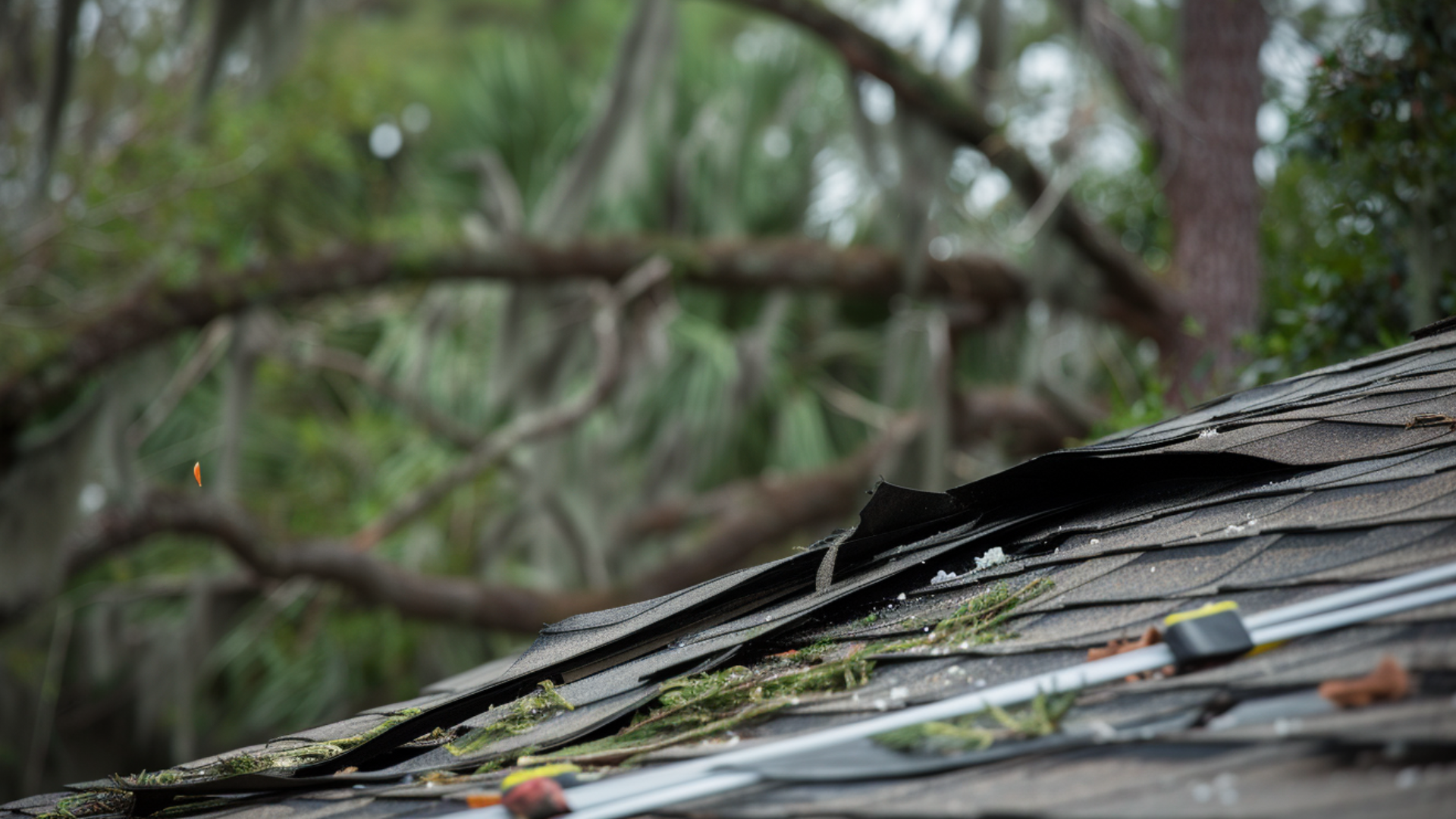
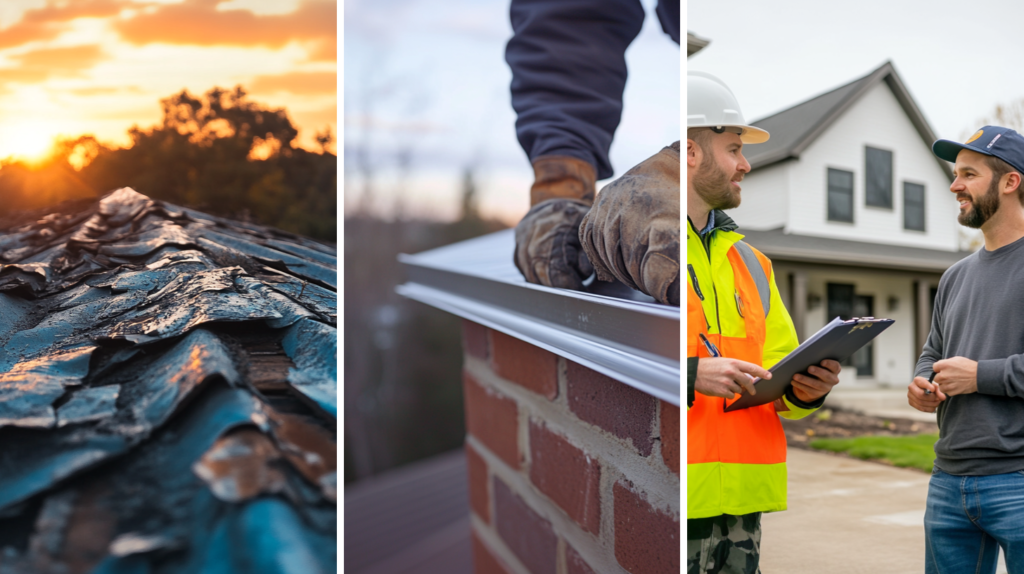
No comments:
Post a Comment